Description
The Dark Side of the Moon is the work of Houshang Golshiri.
The collection of stories of Houshang Golshiri from 1339 to 1377 has been published in a book entitled The Dark Side of the Moon and consists of 36 short stories which are given in the order of publication date in the book. This collection was originally supposed to be published by the author himself during his lifetime, but unfortunately this did not happen with the arrival of the author’s death, and it was compiled by Golshiri’s wife, Farzaneh Taheri, after his death.
Despite the fact that Golshiri is a well-known and stylish writer and one of the great contemporary intellectuals, and many great people consider him the most influential Iranian writer after Sadegh Hedayat, but this valuable book has not been considered as it should be. Perhaps one of the reasons for this is the complex prose of Golshiri that not everyone can relate to. Golshiri often has a pessimistic view of society, and in most of his stories we see that there is an apocalyptic view.
Golshiri has divided his writing preoccupations into six categories: 1- preoccupation with reality and fantasy 2- politics 3- past and past 4- means of recognizing literature 5- language and 6- structure of story. However, these should not cause the reader to ignore Golshiri’s works. This collection is one of the best modern literary works in Persian. He considers this series to be the result of all his efforts in the field of short stories.
Houshang Golshiri (born March 16, 2000 in Isfahan – died June 7, 2000 in Tehran) was a contemporary Iranian writer and editor of Karnameh magazine. Literary historians have considered him one of the most influential contemporary Persian language novelists. He became famous for writing the short novel Prince Ehtejab in the late 1940s. This book has been read as one of the strongest Iranian stories. Golshiri started his career by teaching in the villages and later in Isfahan.

Excerpts from the book The Dark Side of the Moon
You went to get bread or I do not know vegetables. In the morning, early in the morning, someone called and said: – Two young people are set to dance in the middle of Vanak Square at five o’clock in the evening. I called first, two or three places. That’s how I dialed and said the same thing. Someone called me and said. I rolled over and threw myself down, as well as my chest, until I got to the window and finally got up. I fell in love with God. There was not one behind all these windows. Are these people dead? Then, when I reached out to any Valsariati, I opened the window and pulled myself up on these two elbows to look at the bottom of the building like this bench, and saw that it was empty.
The one in front of entrance three was empty. Where are these young people who do not come to sit on this bench, under this window of ours, the girl with that head and the boy with that head, and then someone draws a nail on the wood of the bench and asks: Well, how are you?
But what? When a person is all asleep for fifteen years and he all thinks he has to run, he has to go, he has to ask and he can’t even take a step, he can’t even call his youngest, what can I do? What can be done, when he is sitting like that on the cold and stone edge of the garden, behind the door, as if he never comes, as if Ashraf al-Sadat is right and I have to go, there, next to him, on I should sit on the edge of the garden and not even cry silently.
1- Introducing the book on YouTube
2- Introducing the book in Aparat

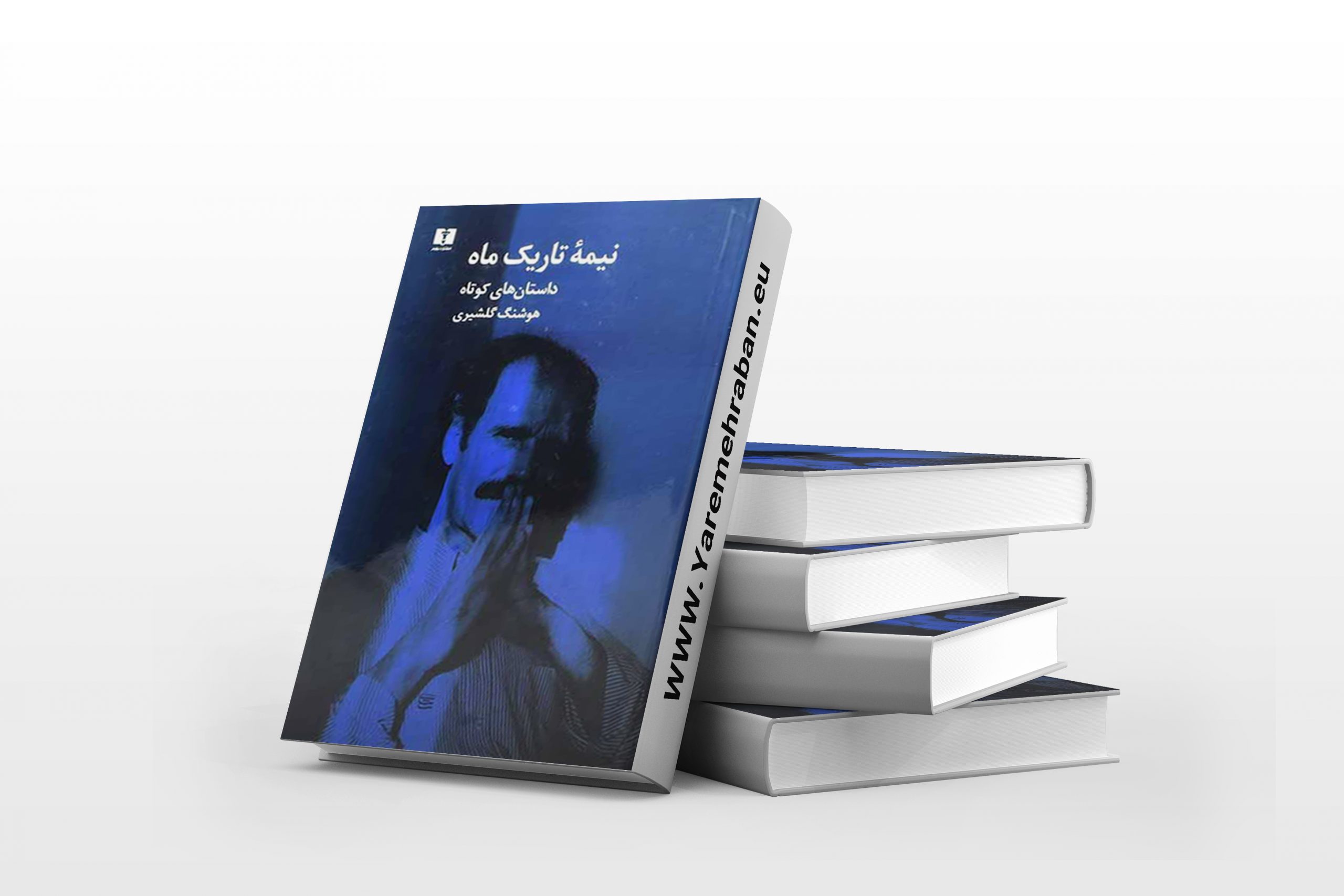

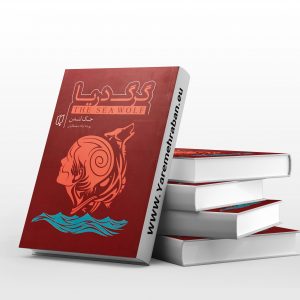

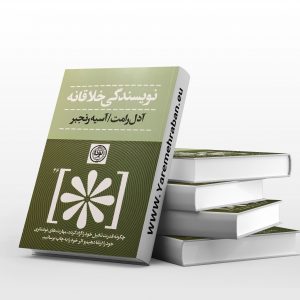

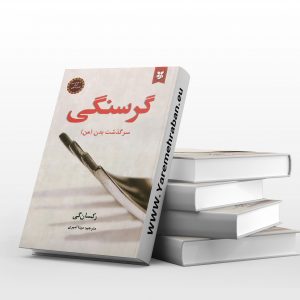



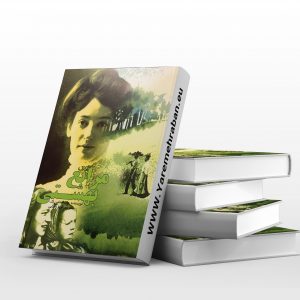


Reviews
There are no reviews yet.